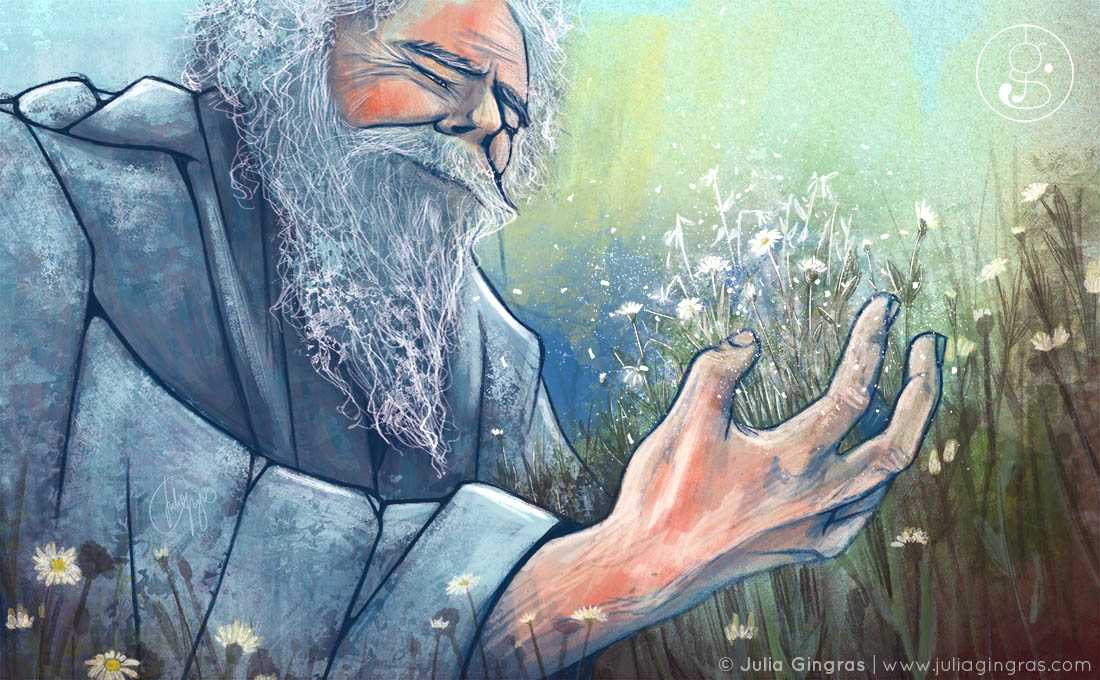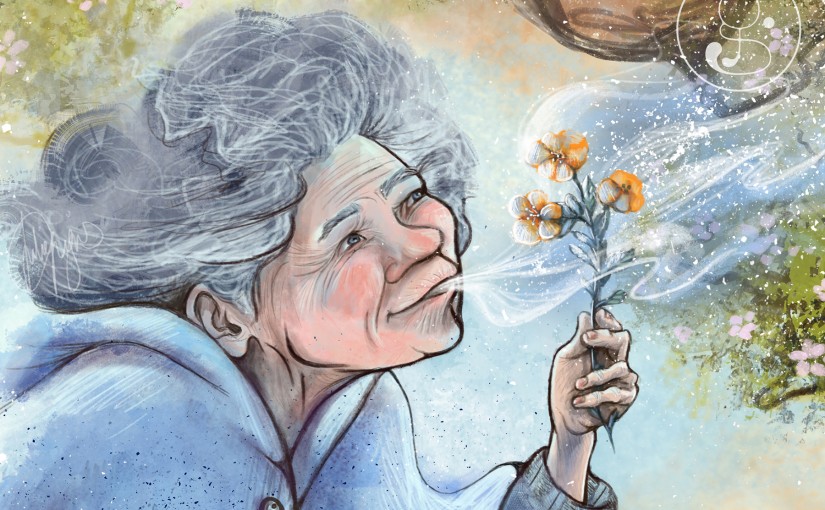Eisheilige 2017 - When are the Ice Saints?
Author: Schnucki xx Date Posted:9 May 2017

In the year 2017 a massive cold break occurred in the middle of the end of April. In many places in Austria and Germany, the previous measurements for the lowest measured temperatures fell in April. Fruit and wine growers in particular, fought against the low temperatures with various methods (straw fire, paraffin ore). It remains to be seen whether there will be a cold break in May.
Meteorologically, this can be explained by the fact that from the beginning of May the temperatures on the European mainland are usually quite high. The continent warms up very quickly at this time of year. As the sea generally warms up more slowly than the continent, temperature differences between the mainland and the ocean occur: gravure areas are created. The air masses shift and the warm air currents of the continent move northward. As a result, ice-cold air currents from the polar regions are pushed back onto the mainland. If the nights are stereotypical, it can sometimes create night frost.
The Eisheiligen {Ice Sacred} will take place from 11 May to 15 May. They are known as Mamertus, Pancratius, Servatius, Boniface, and Sophia of Rome. Since the old peasant rules refer to the Julian calendar and since the Gregorian calendar reform in 1582 the dates have moved. Nowadays the cold bursts are postponed by more than a week backwards, so only from about the 20th of May. The names of the saints have nevertheless remained in their old place on the calendar.
1. When are the Eisheligen 2017?
- Mamertus -Donnerstag, May 11, 2017
- Pancratius - Friday, May 12, 2017
- Servatius - Saturday, May 13, 2017
- Bonifatius - Sunday, May 14, 2017
- Kalte Sophie {Cold Shopie} - Monday, May 15, 2017
How was the weather to the Eisheligen 2016?
Last year, there was also a massive cold spell at the end of April, which caused considerable damage to fruit crops and vines in Austria. Above all, apricot and apple farmers were severely affected. The temperatures fell far below freezing.
2. Who are the Eisheiligen {ice saints}?
A brief introduction to all five Ice Saints
Mamertus - May 11th
Mamertus was a Catholic bishop who was born in Lyon around 400 AD and died in Gaul on 11 May. He was considered to be comprehensively educated. Around 461 he became Archbishop of Vienne, near Lyon. After considerable destruction in his archbishopric, Mamertus introduced the three petitions, which are still carried out today before the feast of Ascension. According to tradition, the Archbishop has often performed miracles such as a fire. He is called upon to help with febrile diseases, great droughts, and diseases of the breast. Its attributes are the mitra, the bishop's staff (crosier) and a burning candle.
Pankratius - May 12th
Saint Pancratius was born at 290 in Phyria, which is in today's Turkey. He died around 304 as a young Roman martyr of the early church in Rome. His name means "the all-conquering". On representations, he is often seen in fine clothes or in an armoury. He also carries a sword, a martyr's crown and a palm frond.
Servatius - May 13th
According to the legends, Servatius was bishop of the Diocese of Tongern, situated in what is now Belgium. Servatius therefore lived from 340 to 384 AD. He is said to have predicted the Huns in Europe, which actually took place around 450. Supposedly he was slain with a wooden shoe. He was finally buried in Maastricht. He is usually asked for assistance in cases of foot disease, frost damage and rat plagues. His attributes are the wooden shoe, a key, a dragon and an eagle.
Boniface of Tarsus - May 14th
According to tradition, Boniface was born in Rome and died probably around 306 in today's Turkey. Supposedly he was not a Christian at the beginning, but was supposed to bring Christian relics from Tarsus to Rome in today's Turkey. There he learned how Christians were being persecuted and also baptized himself out of empathy. He stood by his faith, and was finally conquered by boiling pitch. After his death, his corpse was returned to Rome. His name means "good fortune". On representations, he is usually seen as a youth or an old man, who is martyred in boiling pitch.
Sophia of Rome - May 15
Also known as "kalte Sophia" {cold Sophia}, Sophia of Rome is the last of the five Ice Saints. She died around 304 AD as an early Christian virgin martyr. Parts of their relics were taken to Strasbourg. Others are buried under the church of Santi Silvestro and Martino ai Monti in Rome. Saint Sophia of Rome is often called against late frosts and to ask for a good harvest. It is often seen with trough and sword, but also with a palm frond and a book on representations.
3. Videotip for frost-sensitive plants
EisÄilige are not only a phenomenon in the German-speaking world, but also in other countries in Europe and even in the US East Coast, the days are known:
Here are the translations from other countries:
- Saints de glace: France
- Ledeni Sveci: Croatia
- Fagyosszentek: Hungary
- Santi di ghiaccio: Italy
- Zimni ogrodnicy: Poland
- JÄrnatt: Sweden
- Jernnettene: Norway
- Sfintii de gheata: Romania
- Ice Saints: English
4. Farming to the Ice Saints:
- Before nightfall you're never sure until Sophia is over.
- Pankraz, Servaz, Bonifaz are the only ones to make way for summer.
- Before Bonifaz, no summer, after the Sophia, no frost.
- Servaz must be over, if you want to be safe from night frost.
- Pancrazi, Servazi and Bonifazi, are three frosty Bazi. And in the end, the cold Sophia is never missing.
- Pankraz and Servaz are two angry brethren, which brought spring, destroy them again.
- Never plant before the Cold Sophia. Mamerz has a cold heart.

Images courtesy of http://www.eisheilige.info/





